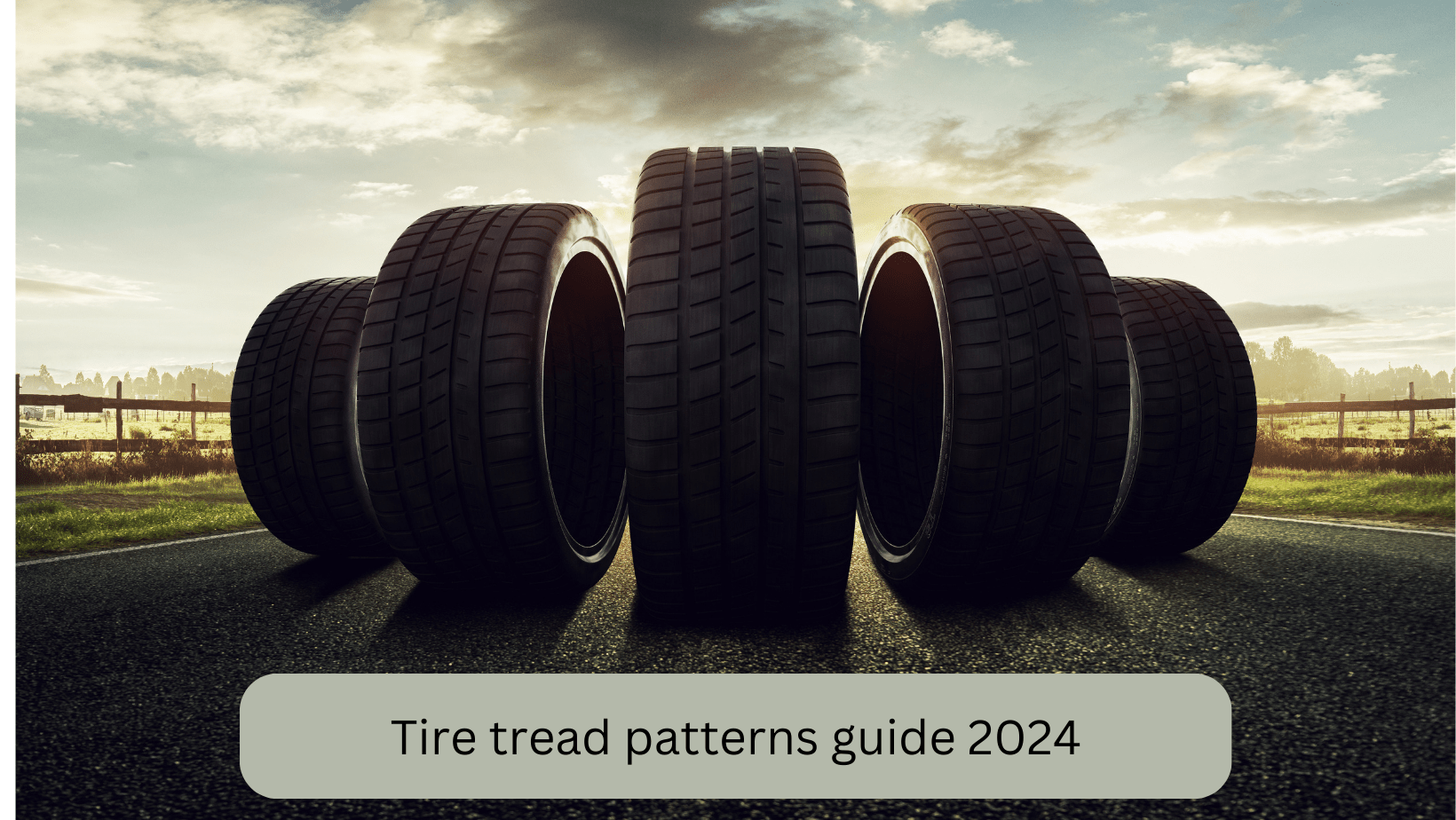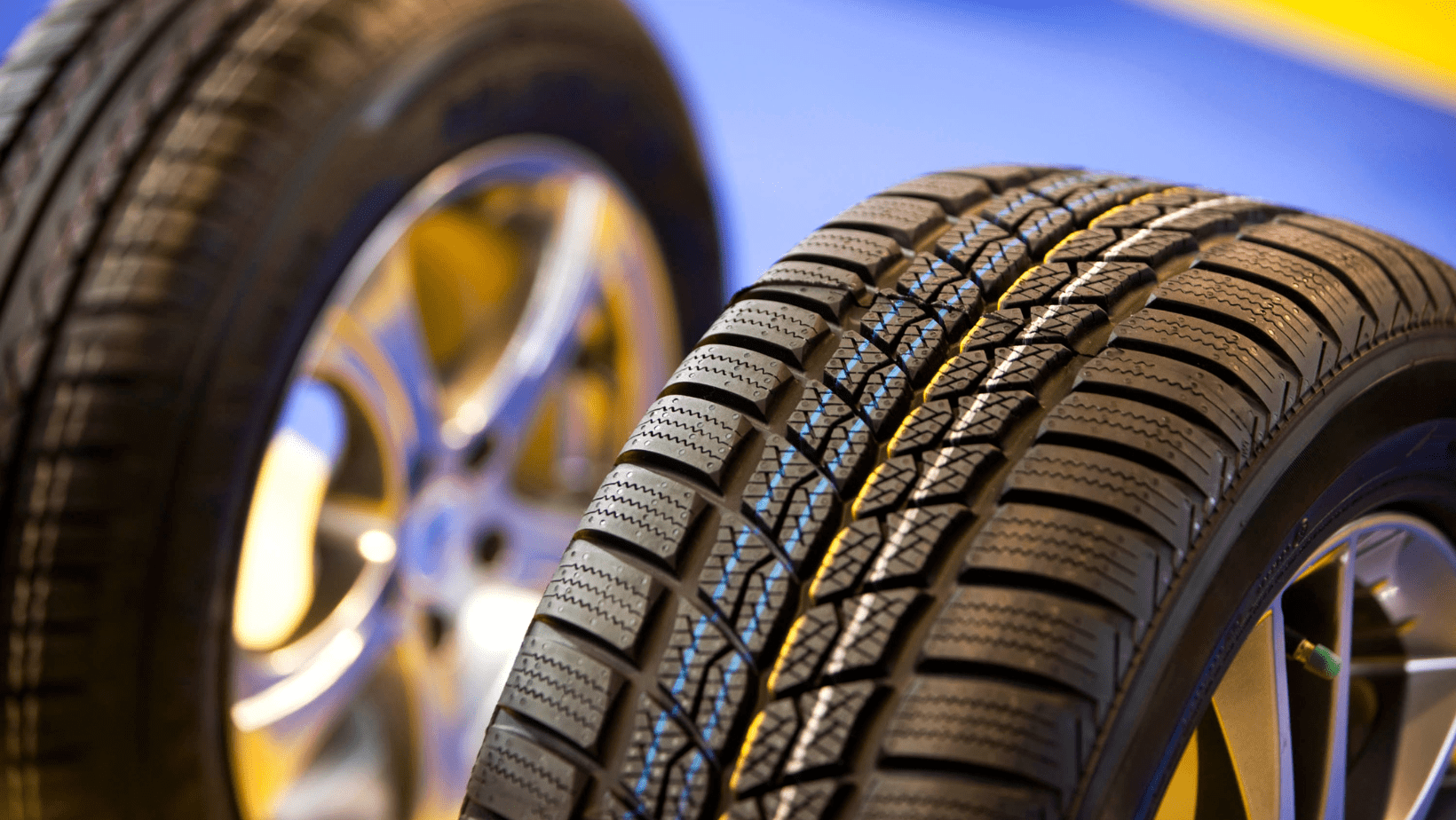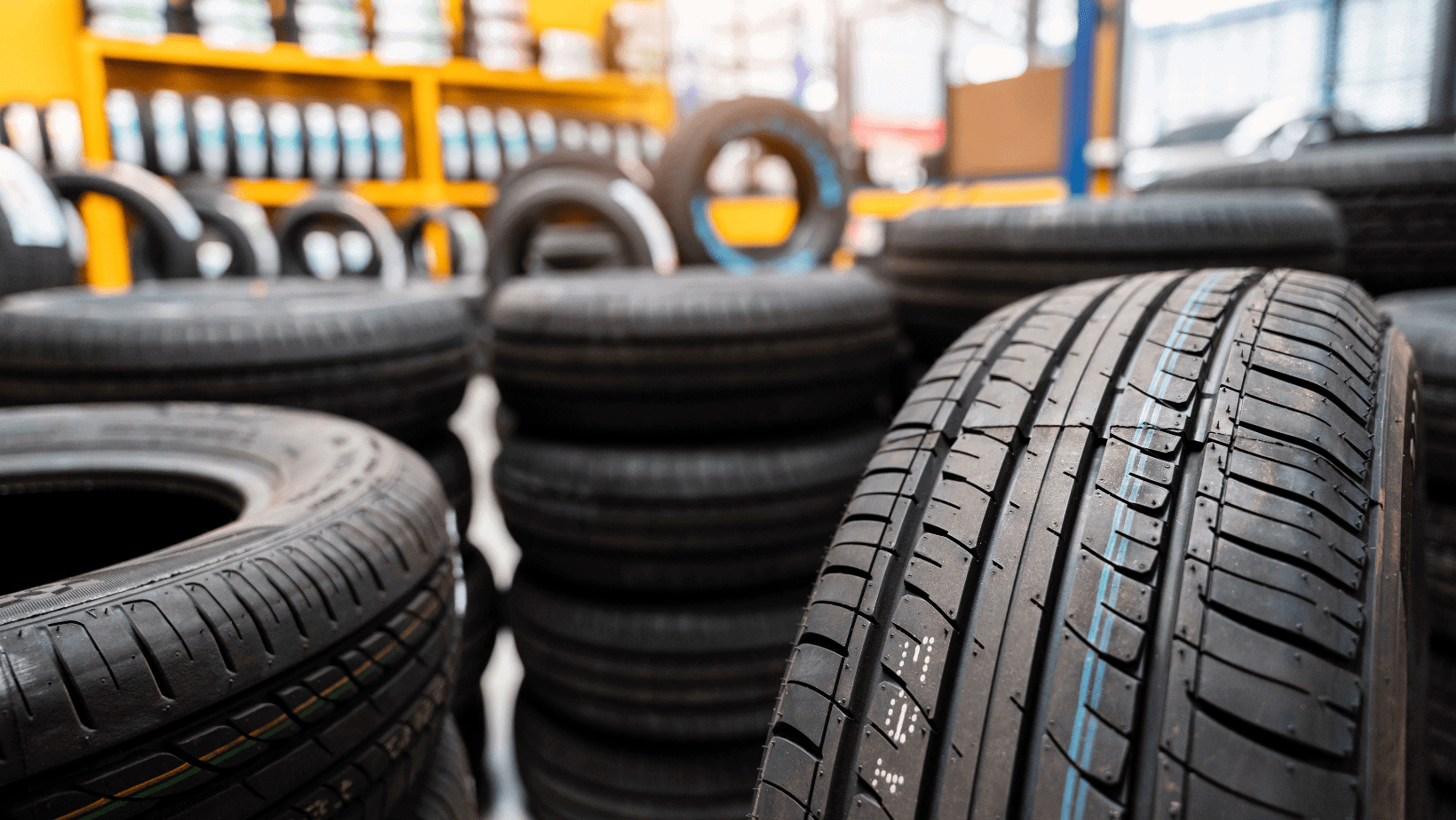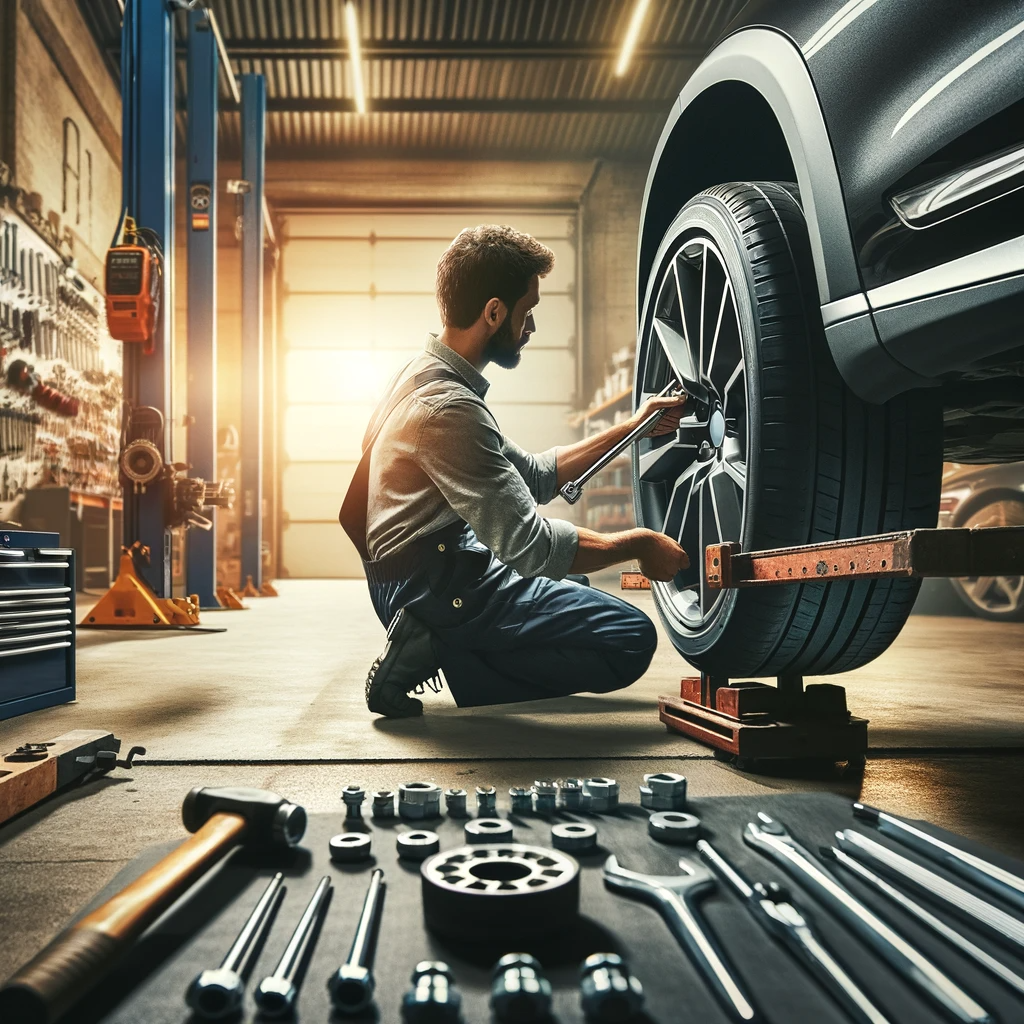Tire pressure, often overlooked, plays a pivotal role in the overall performance, safety, and efficiency of a vehicle. Maintaining the correct tire pressure is crucial for optimal driving experience. Let’s delve into impact of tire pressure on various aspects of driving.

Impact of Tire Pressure on Vehicle Performance
- Fuel Efficiency: Properly inflated tires reduce rolling resistance, leading to better fuel economy.
- Tire Lifespan: Incorrect tire pressure can lead to uneven wear, reducing tire longevity.
- Handling and Stability: Adequate tire pressure ensures better vehicle handling and stability.
- Safety: Under-inflated or over-inflated tires can compromise braking efficiency and traction.
- Ride Comfort: Correct tire pressure provides a smoother and more comfortable ride.
Detailed Insights on Tire Pressure Impact
Fuel Efficiency
- Improved Mileage: Right tire pressure can improve fuel efficiency by up to 3%.
- Reduced Drag: Correct pressure lowers rolling resistance, enhancing fuel economy.
Tire Lifespan
- Even Wear: Proper inflation prevents uneven tread wear.
- Extended Durability: Maintaining pressure extends tire life, saving money on replacements.
Handling and Stability
- Improved Handling: Adequate pressure enhances grip and responsiveness.
- Better Stability: Correct pressure ensures the tire maintains optimal shape for stability.
Safety
- Reduced Risks: Proper tire pressure reduces the risk of tire blowouts.
- Enhanced Braking: Correctly inflated tires improve braking distance and efficiency.
Ride Comfort
- Smoother Ride: Accurate tire pressure absorbs road irregularities, enhancing comfort.
Tire Pressure Maintenance Tips
- Regular Checks: Check tire pressure at least once a month and before long trips.
- Use a Reliable Gauge: Ensure accuracy using a quality tire pressure gauge.
- Follow Manufacturer Guidelines: Adhere to the pressure recommendations in your vehicle’s manual.
- Consider Weather Changes: Tire pressure can vary with temperature changes.
Effects of Tire Pressure on Vehicle Aspects
| Vehicle Aspect | Effect of Proper Tire Pressure | Effect of Improper Tire Pressure |
|---|---|---|
| Fuel Efficiency | Increases efficiency, reducing fuel consumption | Leads to higher fuel consumption |
| Tire Lifespan | Prolongs the lifespan of the tire | Causes premature wear and tear |
| Handling | Improves vehicle responsiveness and grip | Reduces stability and handling |
| Safety | Enhances braking efficiency and reduces blowout risks | Increases risk of accidents due to poor traction |
| Ride Comfort | Offers a smoother driving experience | Results in a rougher, less comfortable ride |
Tire Pressure Maintenance Checklist
| Maintenance Task | Description | Frequency |
|---|---|---|
| Pressure Check | Ensure tires are inflated to the manufacturer’s recommended level | Monthly and before long trips |
| Use a Quality Gauge | Utilize a reliable tire pressure gauge for accurate readings | Each check |
| Adjust for Temperature | Account for changes in tire pressure with temperature variations | Seasonal checks |
| Visual Inspection | Look for signs of under-inflation, such as bulging sidewalls | During pressure check |
| Follow Manufacturer’s Recommendations | Adhere to the guidelines provided in the vehicle’s manual | Always |
Conclusion
Regularly monitoring and maintaining the correct tire pressure is key to enhancing vehicle performance, safety, and comfort. It’s a simple yet effective way to ensure optimal tire function and longevity.





